[
Saint-Uraben-Premier, Quebec, Canada – In clear security glasses and heavy beige overalls, Jean-François Touchette is in his aspect.
Throughout him are pipes, tubes, temperature gauges, and varied buzzing units: all of the equipment wanted to show tree sap into maple syrup.
Touchet's syrup operation is a small one, working out of a modest, two-storey picket constructing on the finish of a protracted filth street in rural Quebec.
However as winter turns to spring, Touchette – like 1000’s of different maple growers within the Canadian province – faces the strain of gathering, boiling and bottling their crop.
“It is a small manufacturing facility. I’m truly on a smaller scale, nevertheless it’s the identical, similar, similar (setup) on a bigger scale,” he instructed Al Jazeera on a sunny morning in early April, the final of this 12 months’s maple season. It was a kind of days.
“I produce 650 gallons (about 2,500 liters) a 12 months – 15, 17 barrels.”
Maple syrup is one in every of Quebec's most iconic merchandise: no different nation or province produces such a sticky, candy topping, which is usually drizzled on pancakes or sizzling waffles.
However the altering local weather of maple syrup on account of local weather change has created challenges for the business.
In 2023, Quebec produced 35.6 million liters (9.4 million gallons) of maple syrup — a 41.4 per cent decline from the earlier 12 months, in accordance with Statistics Canada knowledge.
As temperatures develop into extra erratic and winters shorter, Quebec syrup producers have been pressured to adapt to altering situations and alter their operations accordingly.
“We now have to faucet the bushes first, and in February, we’ve to be prepared. That's what local weather change brings: It's altering the local weather,” Touchet stated.
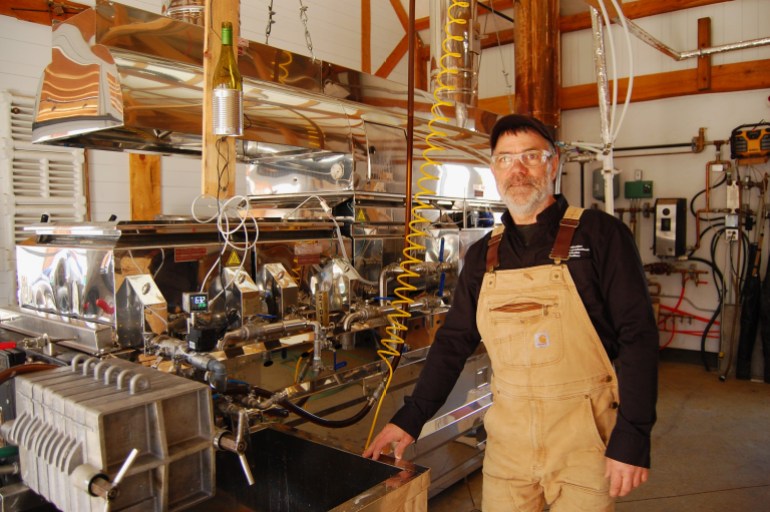
a cycle of rise and fall
Local weather change is having a direct affect on the time it takes farmers like Touchet to gather sap, the candy substance that helps bushes transport water and vitamins from their roots to their leaves.
The springtime cycle of cool temperatures at evening – and heat climate through the day – creates stress inside maple bushes. That build-up of strain, in flip, when the tree trunk is tapped or pierced to make syrup, permits the sap to movement from the tree.
Advances in expertise have boosted maple syrup manufacturing in latest many years. These days, maple groves have vacuums to extract the sap and laptop methods to pinpoint any disruptions within the tubes connecting the bushes to one another.
However climate is essential to make sure a profitable harvest.
“It has a particular cycle of freezing-unfreezing,” stated Sergio Rossi, a professor of forest ecology on the Université du Québec à Chicoutimi (UQAC) within the Saguenay-Lac-Saint-Jean area of the province.
Rossi instructed Al Jazeera that if Quebec sees a chronic, uninterrupted stretch of below-zero temperatures – or, conversely, sizzling climate – that would decelerate syrup manufacturing as a result of it disrupts that important cycle. .
“It's a bit like if you go fishing. You may exit sooner or later, and also you'll be capable to do good work. Generally you go, and are available house with nothing,” he stated. “Maple syrup works considerably the identical manner.”
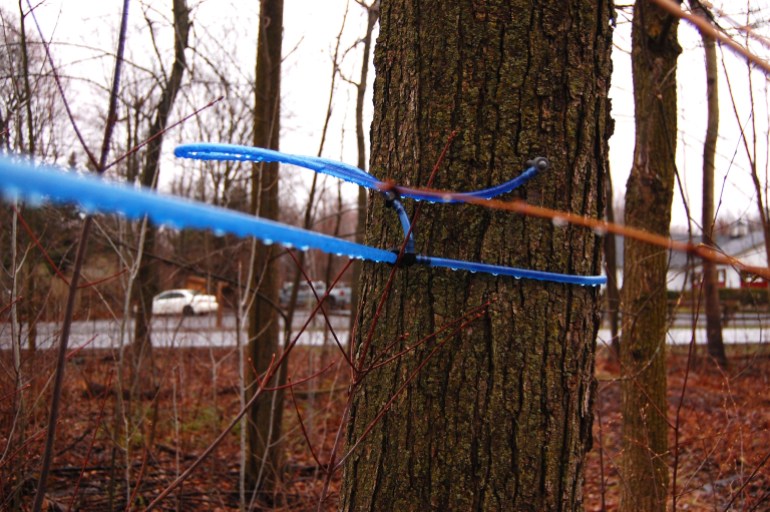
heat winter
This 12 months, a comparatively gentle winter means Quebec's maple syrup season started throughout the province in mid-February – a couple of weeks sooner than ordinary.
Climate fluctuations linked to local weather change have made the harvest extra unpredictable, Rossi stated. This implies growers have to be ready to gather sap when the climate modifications.
However given the time and staffing required to reap bigger bushes, bigger operations could have a tougher time adjusting their schedules.
“In case you have two maple bushes in your yard and also you wish to arrange a bucket to make slightly maple syrup to boil down at house,” it could solely take a couple of minutes to faucet these bushes, Rossi defined.
“However for those who're a big grower that has 500, 1,000, 10,000, 100,000 (bushes), meaning 100,000 maple bushes. You can not take this resolution on the final second. You must put together prematurely.”
The early begin date for maple syrup manufacturing additionally raises the query of whether or not the seasons will change however their length will stay the identical, or whether or not they may develop into longer or shorter.
This has raised extra questions for researchers like Rossi. Can modifications in climate have an effect on the quantity of sap in bushes? Can this have an effect on the quantity of sugar current within the juice and its total high quality?
Altering climate patterns also can change which areas are finest suited to maple syrup manufacturing, Rossi stated. If the native local weather modifications considerably, some farms which have traditionally produced syrup could now not be viable.
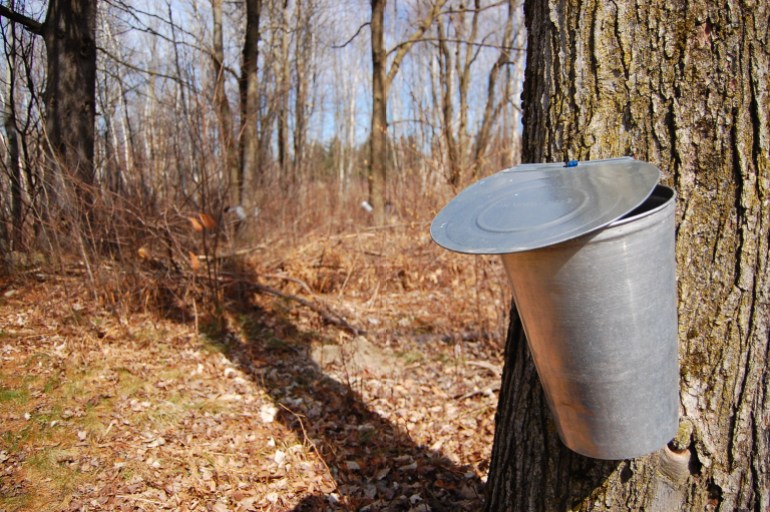
world's solely retailer
Nonetheless, with its abundance of maple bushes and a local weather favorable for manufacturing, Quebec stays the most important maple syrup producer in Canada.
The French-speaking province boasts a billion-dollar business, accounting for greater than 70 p.c of the worldwide provide of maple syrup.
Its enterprise mannequin includes the world's solely maple syrup reserve. That stockpile – often called a strategic reserve – is managed by a company that represents 13,000 growers within the province, referred to as Producers et Productisses Esériques du Québec (PPAQ), or Quebec Maple Syrup Producers.
The PPAQ oversees a quota system that regulates how a lot maple syrup every producer could make yearly and the way a lot goes to market. It makes use of reserves to maintain provides secure in case manufacturing is affected on account of surprising temperatures or different components.
Reserves additionally assist in guaranteeing that home and overseas markets don’t face shortages. Most of what’s made in Quebec goes south of the border to the US or different overseas markets resembling France, Germany and the UK.
And over time, Quebec's maple syrup reserves have attracted individuals from throughout Canada and the world.
For instance, in 2012, officers found that greater than 9,500 barrels price greater than US$13 million ($18 million Canadian {dollars}) had been stolen from the Strategic Reserve warehouse and changed with water.
Greater than a dozen individuals had been arrested for his or her roles within the “Nice Maple Syrup Theft”, and the convicted mastermind of the scheme was ordered to return the greenback quantity for which he bought the syrup – $6.5 million. (over $9 million Canadian).

a historic low
However the reserve has made headlines in recent times for an additional purpose: its declining provide.
The decline got here as international demand for maple syrup surged through the COVID-19 pandemic and manufacturing declined on account of climate and different environmental components.
Whereas PPAQ was in a position to dip into the strategic reserve to maintain provide constant through the recession, the group's communications director Joel Vaudeville identified that the stockpile is now at its lowest stage in additional than 15 years.
A 12 months earlier, the reserve stood at about 16 million kilograms (35 million kilos), unfold throughout three warehouses within the Centre-du-Quebec and Chaudière-Appalaches areas of the province.
Nonetheless, at present, solely 3.1 million kg (6.9 million lb) of maple syrup is counted within the reserve – a historic low that made worldwide headlines.
“It's actually about what nature brings to us each spring,” Vaudeville instructed Al Jazeera in a cellphone interview in late March.
“Our window for manufacturing is barely 5 to seven weeks lengthy,” he stated. “After we lose manufacturing days on account of antagonistic temperatures, it positively makes a giant distinction to us.”
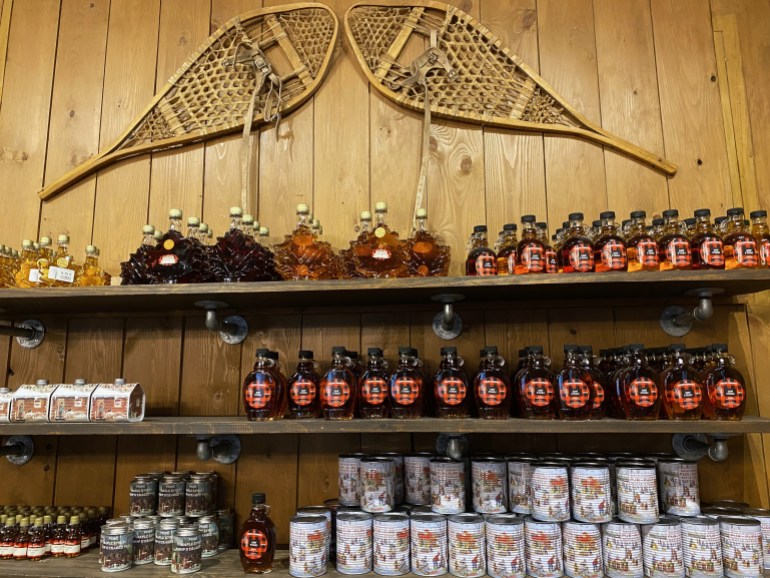
optimistic outlook
Regardless of the obstacles, the makers are hopeful that 2024 will ship higher outcomes than the earlier season.
“In mid-February, we had been involved,” Woodville stated. “We had no indication whether or not we’d have season of maple syrup manufacturing, and we knew that there have been much less and fewer obtainable shares on each the Strategic Reserve and the processing facet.”
However that modified by the tip of March, he defined, and Quebec maple syrup producers predict good gross sales to assist replenish reserves.
“It's too early to make an total evaluation, however we will say with confidence that we’ll make much more syrup than final 12 months,” Woodville stated. Having 45 million kilos (100 million kilos) of maple syrup would deliver reserves to a “comfy” stage, he stated.
He stated PPAQ can also be making an attempt to spice up manufacturing capability. Between now and April 1, 2026, the group intends to put in 14 million further faucets to extract sap from maple bushes.
Vaudeville reported that this represented 19 million kg (42 million lb) of potential syrup manufacturing.
That manufacturing is vital to persevering with long-cherished traditions in Quebec. Whereas 85 p.c of Quebec maple syrup is exported, it stays a staple in lots of Quebec households.
Many Quebecers additionally participate in maple-related street journeys each spring: they go to a “cabane à sucre” – or sugar shack – to eat meals soaked in syrup and to discover the errablieres, groves of maple bushes. The place the entire course of begins.
“Maple syrup is to Quebecers what the Montreal Canadiens are,” Woodville stated, referring to the skilled hockey staff. “In different phrases, it's a part of our nationwide id.”
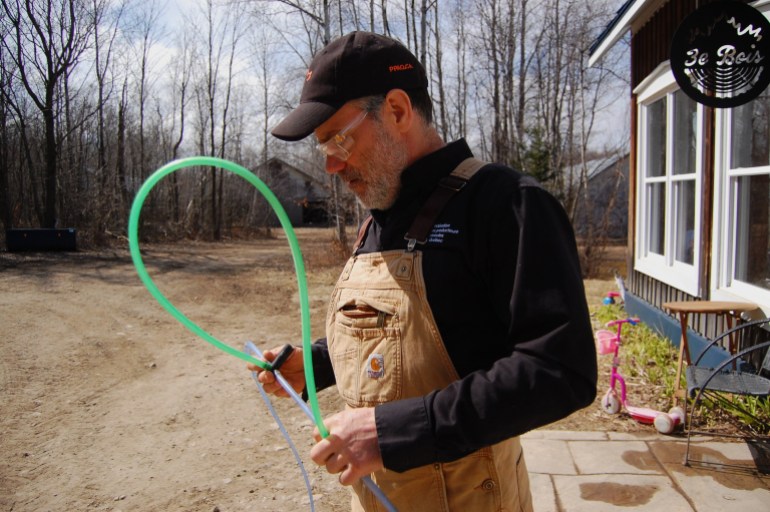
'Cheerful' crop
Touchet, a maple syrup producer in Saint-Urbain-Premier, about 40 km (25 mi) southwest of Montreal within the Montérégie area of Quebec, echoed the sensation of nationwide delight.
“We now have been bathing in maple syrup for a very long time,” he instructed Al Jazeera. “It's the primary harvest of the 12 months, so it's thrilling.”
Regardless of the challenges that local weather change may deliver – together with stronger winds and ice storms that injury bushes – Touchet stated 2024 was a mean season. “We won’t break information. We can have harvest,” he stated.
As all the time, maple syrup manufacturing stays topic to the need of nature, he stated.
“That's why we’ve a typical market and a reserve, as a result of it's the climate that controls. We now have to have the ability to take up these manufacturing cycles,” he stated.
“In any other case, you'll lose your spot on the shelf, and folks will purchase one thing aside from maple syrup.”

